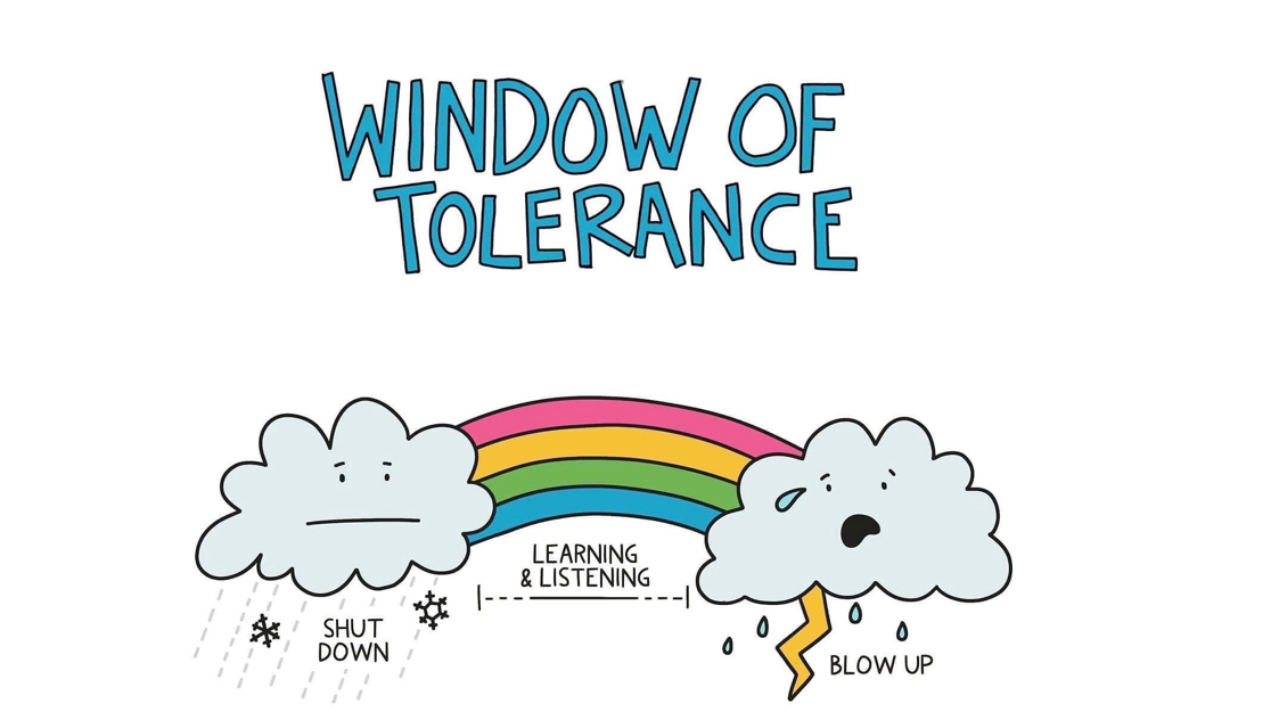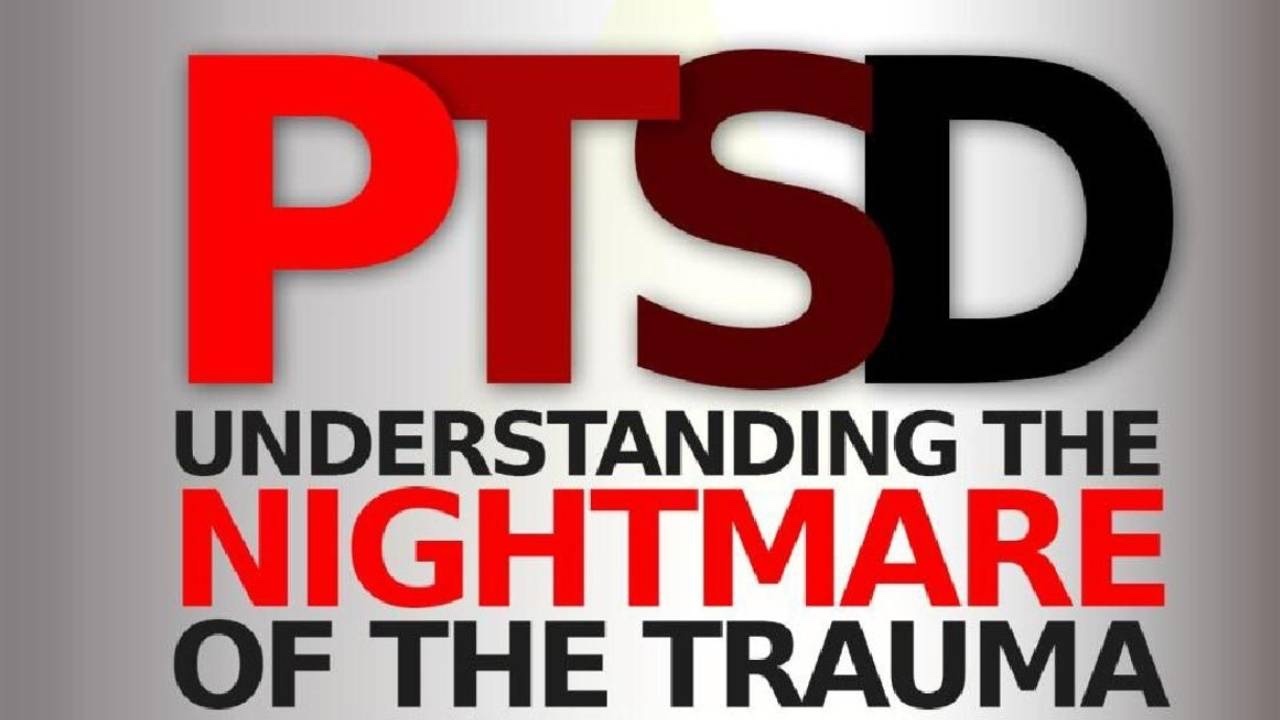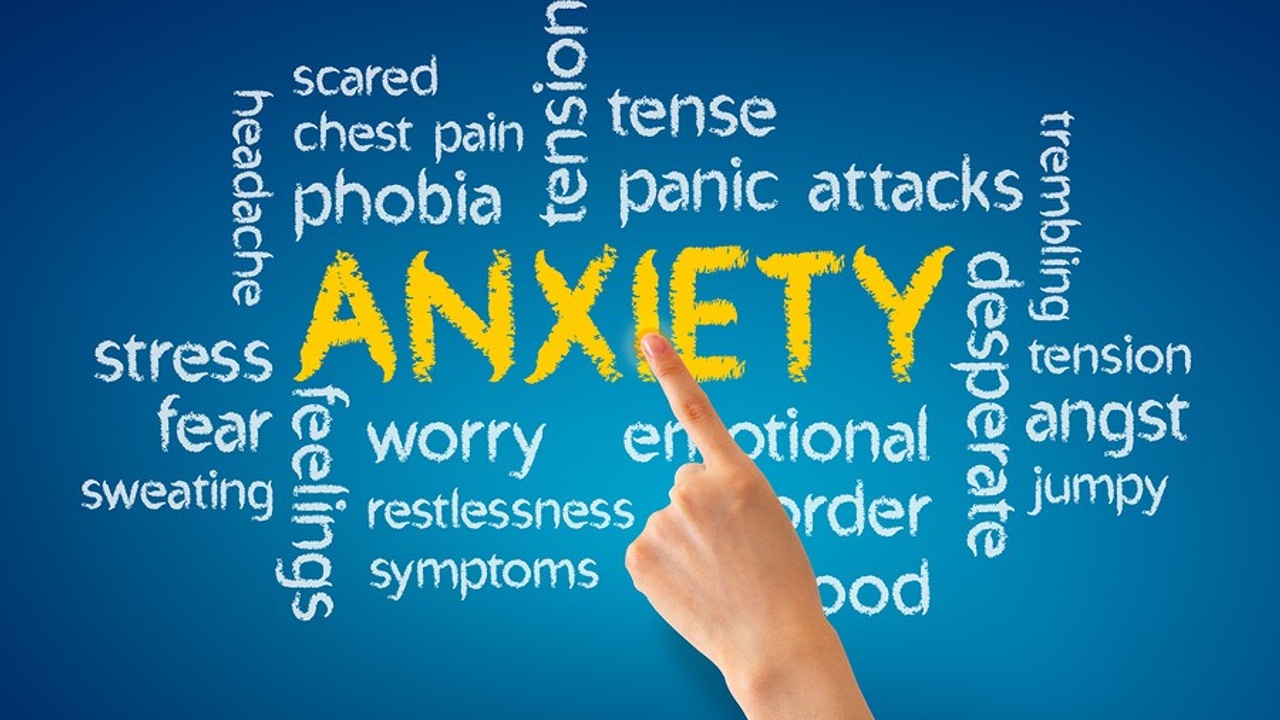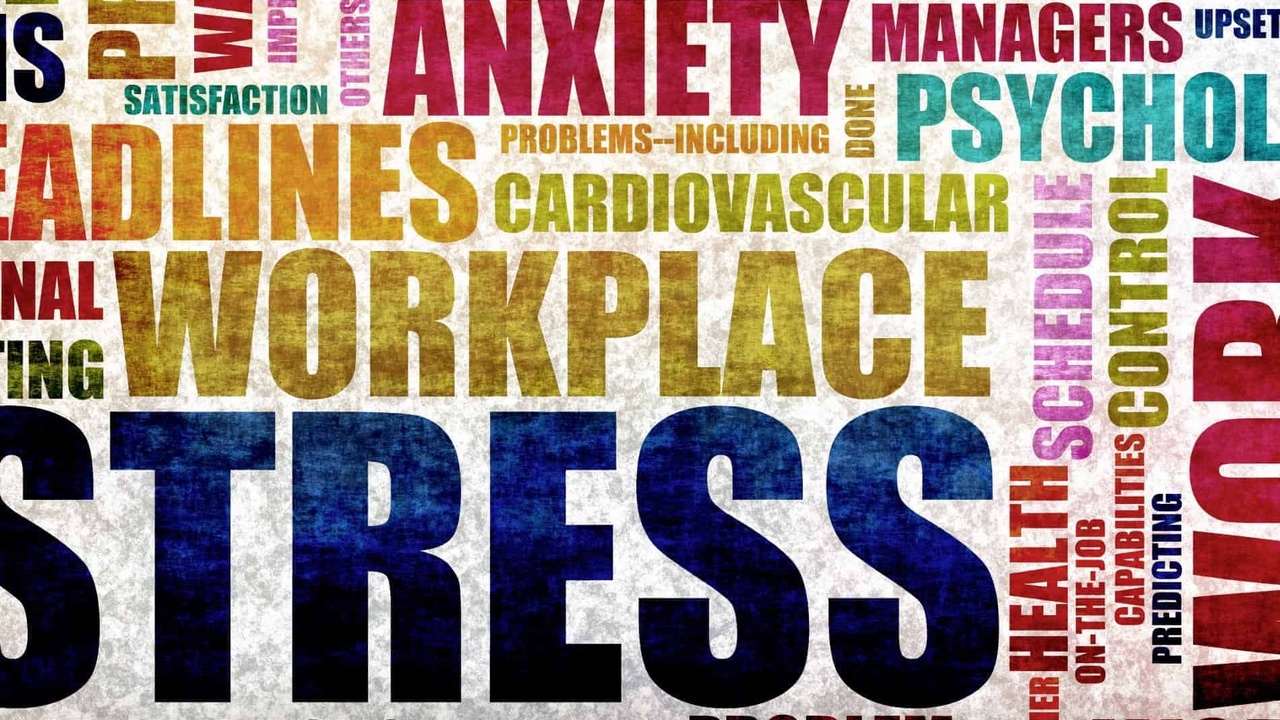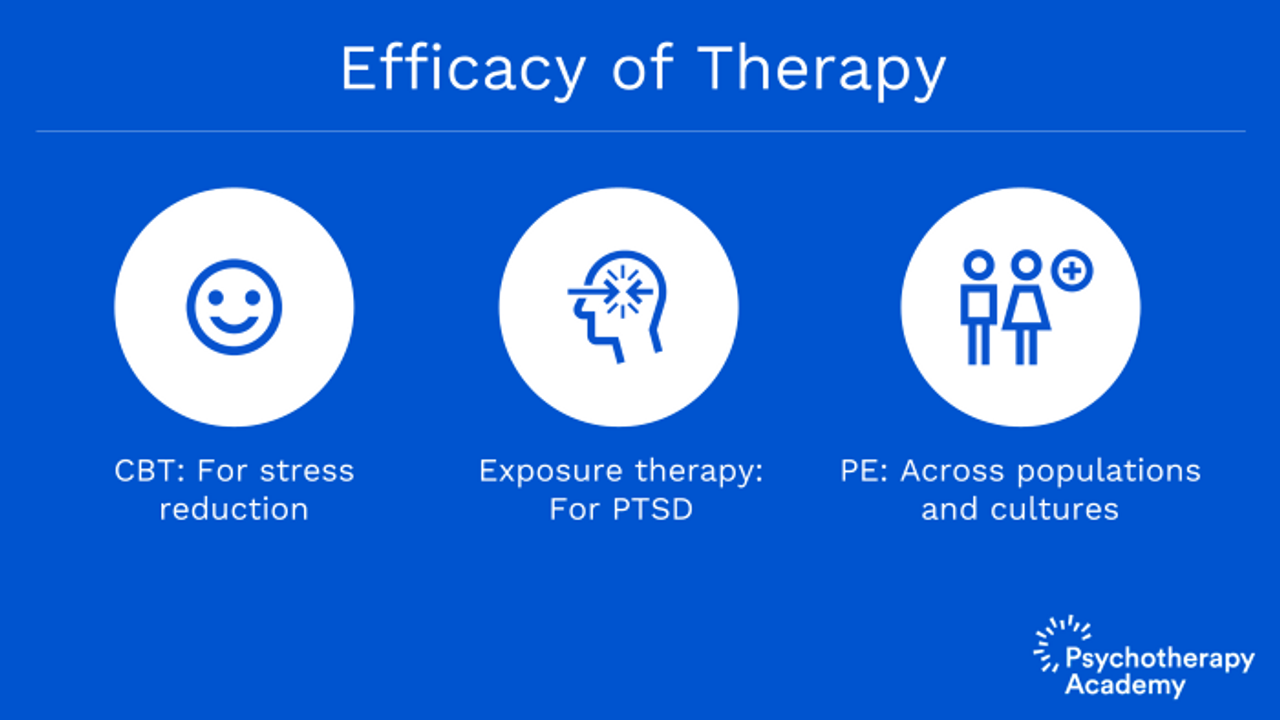Blog
The Window of Tolerance is a term used to describe a state of mind when someone is able to receive and respond to information clearly. If you’ve ever heard the phrase “step out of your comfort zone” or something similar—this is directly referring to this balance between being calm and feeling anxiou...
Post-traumatic stress disorder (PTSD) refers to specific anxiety that can develop after someone experiences or witnesses a traumatic event—such as military combat, natural disasters, assault, or any event that someone feels like their life is being threatened. Approximately 6% of Americans experi...
After completing my free masterclass, many of the Brilliant Life Community members ask for a deeper dive into understanding their young adult’s crippling cycle of anxiety and shutdown patterns. As well as more in-depth knowledge about the autonomic nervous system and the emerging neuroscience behind...
Every year, around 11% of Americans experience a panic attack. Panic attacks are sudden and intense rises in fear that cause physical symptoms. About 2-3% of Americans will develop Panic Disorder—a mental illness that causes frequent panic attacks, usually triggered by specific places, people, or si...
Anxiety is one of the most prevalent mental health disorders in the world. According to the Anxiety and Depression Association of America, around 40 million adults in America struggle with anxiety, and a staggering nearly 40% do not currently seek treatment for it. Those who live with anxiety often ...
You’ve heard the expression “you can’t pour from an empty cup” before. While it is very accurate, I understand how difficult it is to refill your cup. Being the parent of a young adult struggling with anxiety, post-traumatic stress disorder, agoraphobia, or autism spectrum disorder, is often a ...
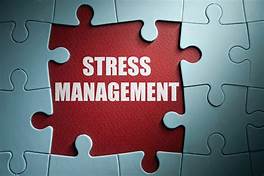
Stress is sneaky. Sometimes you don’t even realize it’s sneaking up on you until you’re nearing a breaking point. Not managing your stress can lead to a flurry of health complications and a decline in overall mental health. The first step in managing your stress is understanding that it i...
Agoraphobia is an anxiety disorder known for causing intense fear and avoidance of certain places or situations. In the United States, around 1% of adults and 2% of adolescents struggle with symptoms of agoraphobia. It is most common in teenagers and young adults. A stressful or traumatic event, s...
Coping with Bullying
A study published in 2020 found that nearly 50% of kids experience bullying by age 10. While most bullying instances happen at school, this study also found a heavy occurrence of cyberbullying. As you know, bullying has a significant effect on children. Bullying can cause depre...
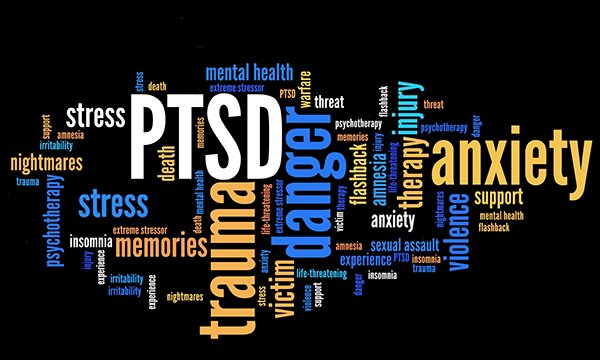
There is so much information out there on PTSD. If you do suffer from PTSD please do your research. First, you want to find the right mental health professional and begin treatment ASAP.
People with PTSD have intense, disturbing thoughts and feelings related to their experience that last long aft...
Eye Movement Desensitization and Reprocessing Therapy (EMDR) is a type of therapy in which a patient briefly focuses on the trauma memory while at the same time experiencing eye movements, which is associated with a reduction in the directness & emotion associated with the trauma memories.
EMDR was...
The main treatments for PTSD are psychotherapy, medications, or both. An experienced mental health professional can help people find a treatment plan that is best for the individual, based on their symptoms and needs.
Some people with PTSD could be living through an ongoing trauma, such as an abus...

